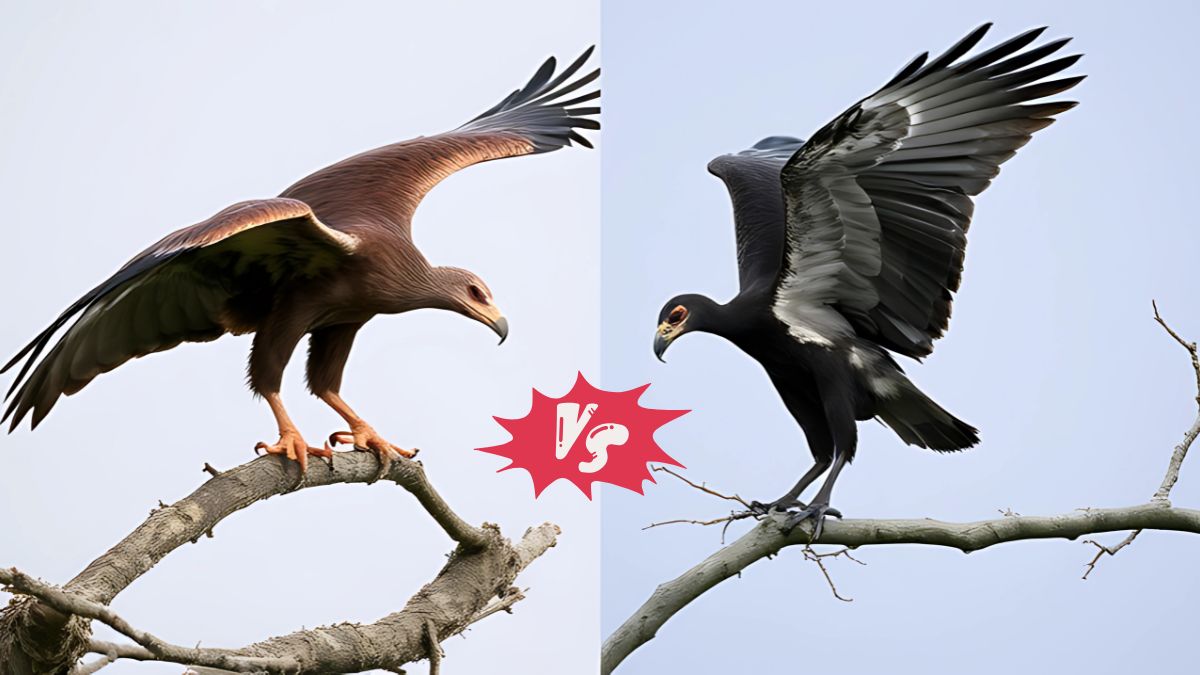Buzzards and vultures are two types of birds that are often confused due to their similarities as birds of prey. However, they differ significantly in terms of physical characteristics, behavior, habitat, and ecological roles. This article explores the differences and similarities between buzzards and vultures, considering the most recent information available.
Buzzard vs Vulture: A Detailed Comparison
- Buzzards: Buzzards are medium-to-large birds of prey belonging to the genus Buteo. They are found worldwide, primarily in forests, grasslands, and open landscapes. Buzzards are known for their soaring flight and hunting prowess, often preying on small mammals, birds, and reptiles.
- Vultures: Vultures are scavengers, meaning they primarily feed on carrion (dead animals). They belong to two families: the Old World vultures (Accipitridae) found in Africa, Europe, and Asia, and the New World vultures (Cathartidae) found in the Americas. Vultures play a critical ecological role by preventing the spread of diseases from decaying carcasses.
Key Differences Between Buzzards and Vultures
| Feature | Buzzards | Vultures |
| Family | Accipitridae | Old World: Accipitridae New World: Cathartidae |
| Diet | Carnivorous (hunts live prey) | Scavenger (feeds on carrion) |
| Physical Characteristics | Compact body, broad wings, and a short neck | Large body, broad wings, and a bald head (adaptation for scavenging) |
| Beak Structure | Strong and sharp for tearing flesh | Hooked and adapted for feeding on carcasses |
| Habitat | Forests, grasslands, and open fields | Wide range, often near carcasses or open plains |
| Behavior | Solitary or in pairs, territorial | Often seen in large groups, communal |
| Flight Pattern | Soaring with wings held flat or slightly raised | Soaring with wings held in a V-shape (dihedral) |
| Vision | Excellent vision for spotting prey | Exceptional vision for locating carcasses from great distances |
| Vocalizations | Produces a range of sounds like mewing or cries | Generally silent, but some species hiss or grunt |
| Ecological Role | Predator, helps control prey populations | Scavenger, cleans the environment by consuming carrion |
Physical Differences
Buzzards
Buzzards are smaller and more compact than vultures, with broad wings and a short, rounded tail. They are highly adaptable and can be found in a variety of habitats. Their plumage varies widely, ranging from light brown to dark brown with distinct patterns.
Vultures
Vultures are much larger, with long, broad wings adapted for soaring. One of their defining features is their bald head, which helps them stay clean when feeding on carcasses. Their plumage is usually dark, although some species have lighter patterns.
Behavioral Differences
Hunting vs. Scavenging
Buzzards are skilled hunters, using their sharp talons and beaks to catch and kill their prey. They rely on stealth and patience, often perching quietly before diving to capture their target.
Vultures, on the other hand, are scavengers. They rarely hunt live prey and are often seen circling in the sky, searching for dead animals. Once they locate a carcass, they use their strong beaks to tear through tough hides and muscles.
Flight Patterns
Buzzards exhibit a steady, soaring flight with their wings held flat or slightly raised. They are agile flyers, capable of quick dives to capture prey.
Vultures are experts at soaring for long periods without flapping their wings, conserving energy. They are often seen gliding in a V-shaped posture, taking advantage of thermals (rising warm air currents).
Habitat and Distribution
Buzzards
Buzzards are found in forests, open fields, and grasslands. They are widespread across Europe, Asia, and Africa, with species like the common buzzard (Buteo buteo) being particularly well-known.
Vultures
Vultures inhabit a wide range of environments, including savannas, deserts, and mountains. Old World vultures are commonly found in Africa, Asia, and Europe, while New World vultures are native to the Americas. Species like the Andean condor (Vultur gryphus) and the turkey vulture (Cathartes aura) are iconic representatives.
Ecological Importance
Both buzzards and vultures play crucial roles in their ecosystems:
- Buzzards help control populations of small mammals and pests, maintaining balance in the food chain.
- Vultures act as nature’s clean-up crew, preventing the spread of diseases by consuming decomposing animals.
Modern Challenges and Conservation
Threats to Buzzards
- Habitat loss due to deforestation and urbanization.
- Poisoning from pesticides or rodenticides.
Threats to Vultures
- Declining populations due to habitat destruction, poisoning, and hunting.
- The use of veterinary drugs like diclofenac, which is toxic to vultures when they consume treated livestock.
Conservation Efforts
Organizations worldwide are working to protect these birds. Vulture conservation programs focus on banning harmful substances and establishing safe feeding sites. For buzzards, habitat restoration and legal protections have helped stabilize some populations.
Cultural Significance
Buzzards
In many cultures, buzzards are seen as symbols of adaptability and survival. Their ability to thrive in diverse environments often inspires admiration.
Vultures
Vultures have mixed reputations. While some view them as symbols of death and decay, others recognize their vital ecological role and regard them with respect.
Buzzards and Vultures in Today’s World
Modern technology has enhanced our understanding of these birds. Tracking devices and satellite imagery have revealed migration patterns, hunting habits, and ecological impacts. Public awareness campaigns aim to dispel myths and highlight their importance.
Conclusion
While buzzards and vultures may share some similarities, they are fundamentally different in their behavior, habitat, and ecological roles. Buzzards are agile predators, while vultures are efficient scavengers that clean the environment. Both birds are indispensable to their ecosystems and deserve continued conservation efforts to ensure their survival.
By understanding these remarkable birds, we can appreciate their contributions to nature and work towards protecting them in an ever-changing world.
